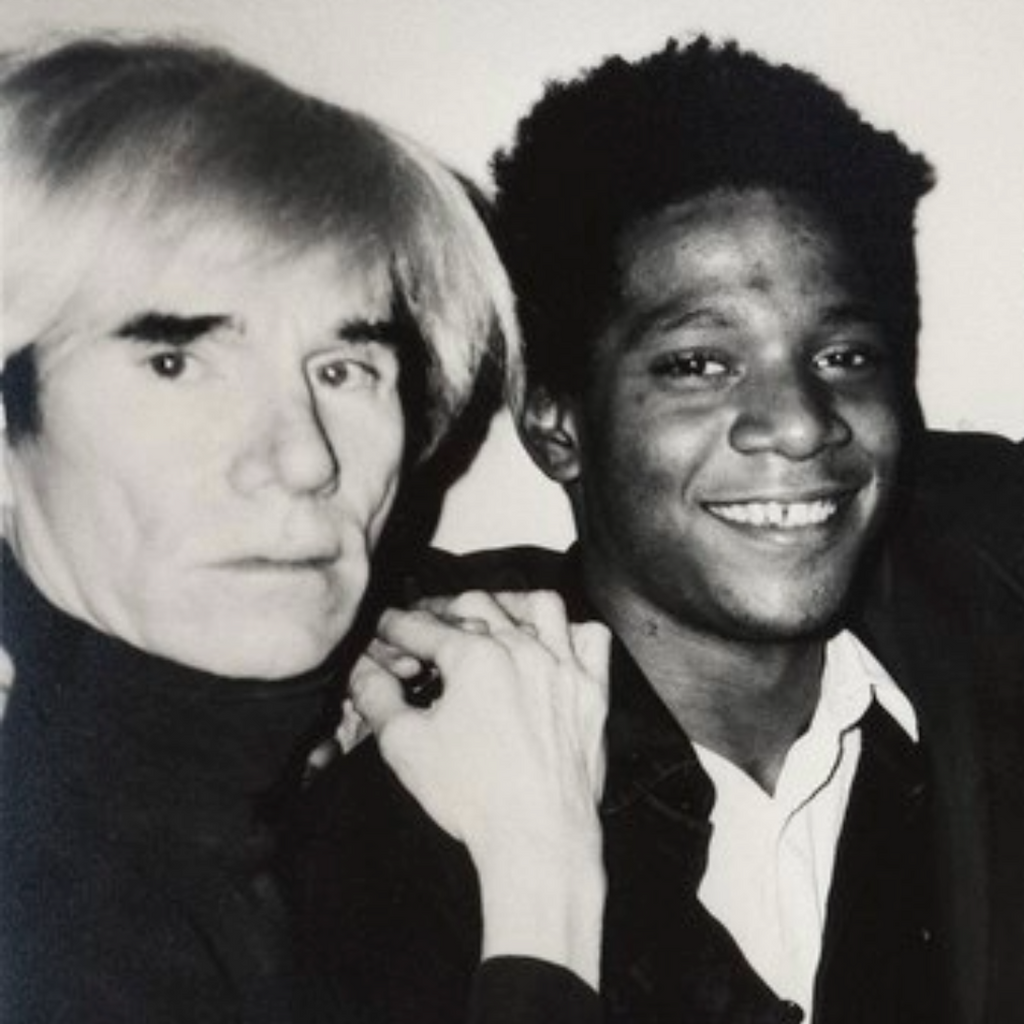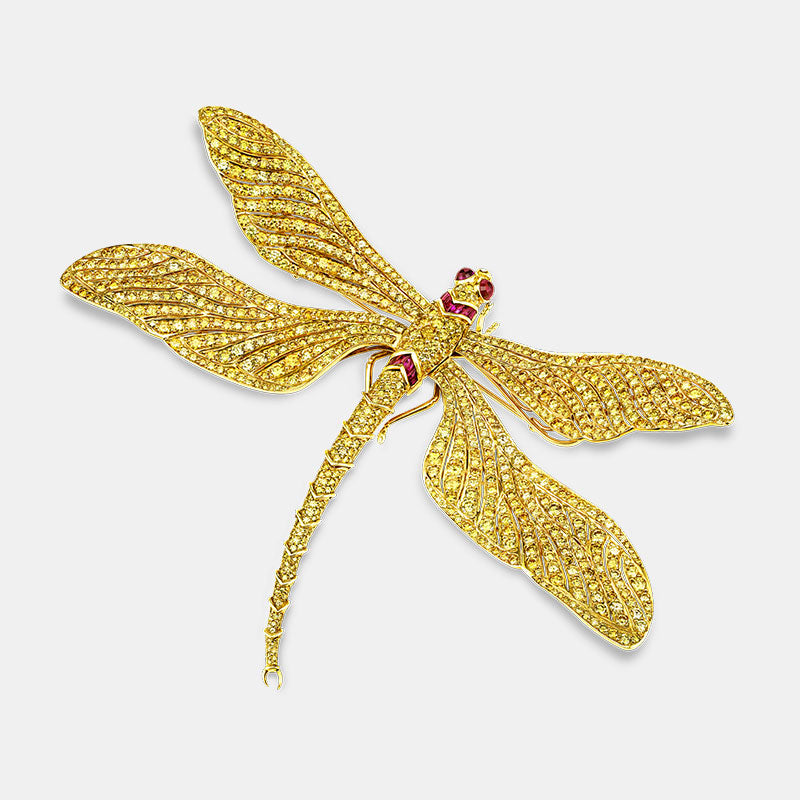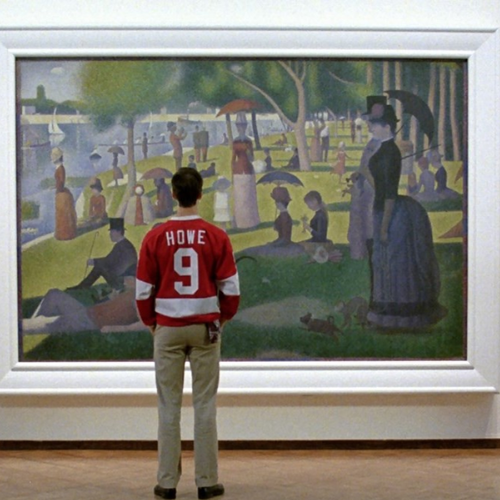“In every block of marble, I see a statue as plain as though it stood before me, shaped and perfect in attitude and action. I have only to hew away the rough walls that imprison the lovely apparition to reveal it to the other eyes as mine see it.”
—
Michelangelo
Since the beginning of civilization, the medium of sculpture has captivated viewers and enraptured the public. From the Venus of Willendorf carved in 22,000 B.C.E to Michelangelo’s circa 1500 marble David, Degas’ 19th-century bronze dancers and Rodin’s epic Kiss, to Louise Bourgeois’ 1990s spiders and Jeff Koons’ contemporary balloon animals, famous sculptures are universally recognizable and widely celebrated with the highest esteem. In turn, the creators of these works have gained their own cult of celebrity. Each of the famous sculptors discussed below have left an indelible mark on the medium and an insurmountable impact on the history of art, with their larger-than-life personas generating almost as much lore as their iconic three-dimensional works. Join us on a journey through time, exploring the most prolific masters of sculpture throughout the ages.



Famous Sculptors of the Renaissance:
Influence of Antiquity:
The Renaissance is understood as one of the single most important periods of history, marked as the epoch of fervent artistic production—much of which was led by sculpture. The recovery of famous sculptures from classical antiquity spurred the creative minds of artists of the day, who sought to emulate the classics and perfect what was considered perfection. The result was the renewed reverence and recognition of the sculptures of classical antiquity and the new creation of some of the most famous and celebrated sculptures of all time.
Michelangelo:
While the incredible masterpieces of antiquity were preserved and emulated by budding Renaissance artists, the names of these ancient sculptors were not. That changed in the Renaissance, when the new Masters began to forge their own creative paths, guided by the ideals of the past and eager to capture the beauty of the present. As they chiseled their own original compositions, the names of these Renaissance sculptors became synonymous with their incredible works.

Bernini:
The only sculptor to rival the genius of Michelangelo is the 17th-century Master Gian Lorenzo Bernini, who was credited with creating what would come to be known as the Baroque style. Bernini was a virtuoso with the chisel, creating some of the most lifelike and creative compositions in marble ever seen. His works were imbued with an overwhelming sense of drama, passion and movement. Bernini utilized deep undercuts and impossibly true to life drapery folds to connote movement in the body, contorting his figures in incredible poses yet retaining proportionality. Bernini’s skill also spoke to the larger paragone of the day—the ongoing debate as to whether sculpture or painting reigned supreme. According to prominent art historian Estelle Lingo, Bernini’s transformative drapery worked to conjoin painting and sculpture, forming the basis of decisively Baroque sculpture. Some of Bernini’s most famous works include his stunning Apollo and Daphne at the Galleria Borghese, the supernatural collosi St. Longinus, situated at the crossings of St. Peter’s Basillica, and his sublime altarpiece The Ecstasy of St. Teresa. Bernini enjoyed papal patronage during his lifetime, and perhaps most importantly, the prominent support of Cardinal Scipione Borghese, who commissioned some of his most celebrated works. Borghese commissioned Bernini to carve an original David sculpture in 1623. The result was an artistic triumph that earned widespread acclaim and announced Bernini as a worthy successor to Michelangelo.
Impressionism to Modern Art: Later Famous Sculpture Artists
While the Renaissance and Baroque periods were marked by the desire to reimagine the compositions of classical antiquity with a more perfect portrayal of the natural figure, later sculpture artists looked to abstraction to render the contours of the human body. Though many still worked with marble and stone, bronze emerged as a leading medium that lent itself well to innovative creative expression and multiplied output.Edgar Degas:
While many of the artists discussed here earned widespread recognition for their sculptures during their lifetime, Edgar Degas was better known for his work with oil painting and pastels during his prime. He exhibited just one sculpture during his lifetime, the controversial Little Dancer, Aged Fourteen at the 1881 Impressionist exhibition. The sculpture received mixed reactions from visitors who were divided by the figure’s unidealized physiognomy and Degas’ relatively unprecedented use of real materials such as silk slippers and a wig made from human hair. While Degas refrained from further exhibiting his sculptural oevre to the public, he continued to model in wax and clay in the privacy of his studio. Throughout his career, Degas produced hundreds of small-scale, informal studies of horses, dancers and bathers that were seen only by close friends and visitors. It was not until the artist’s death that the extent of this sculptural production was revealed. Of the nearly 150 models retrieved from Degas’s studio, the artist’s heirs selected 74 of the best-preserved examples to cast in bronze and sell as an edition, making the artist’s unknown prowess in sculpting public and permanent. These sculptures have become some of the famed artist’s most recognizable and sought-after works.
Auguste Rodin:
Auguste Rodin is perhaps the most famous sculptor of the 19th and 20th centuries. The illustrious French artist is credited as the founder of modern sculpture and his iconic works are globally renowned and prized by the finest museums and institutions. Rodin is celebrated for his ability to capture the vitality of embodied human forms and the intensity of human emotion in his masterful sculptural works, generating universal appeal and widespread recognition.
Contemporary Famous Sculptors:
Though the golden age of famous sculptors often conjures the works of Renaissance artists and modern masters, artists of the contemporary art era have also generated works that place them in conversation with their most-famous predecessors. Many contemporary sculptors have departed from purely figurative works to create more conceptual art.Born in the early 20th century France, Louise Bourgeois carried on a prolific career and explored several mediums throughout her life. Her most famous works, however, are her larger-than-life towering spider sculptures. Bourgeois described these spider sculptures as her “most successful subject.” Bourgeois uses the spider, both predator (a sinister threat) and protector (an industrious repairer), to symbolize the mother figure. The spinning and weaving of the spider’s web links to Bourgeois’s own mother, who worked in the family’s tapestry restoration business, and who encouraged Louise to participate. In an often male-dominated medium, Bourgeois’ works stand as a unique and thoughtful counterpoint to the figurative works of her predecessors. You can view one of her giant spiders and even walk beneath it at New Orleans Museum of Art’s own Sculpture Garden.

Jeff Koons:
Love him or hate him, you have certainly seen one of Jeff Koons famous balloon animal pieces. While Koons’ work is polarizing, its instant recognizability has made him one of the world’s most famous contemporary sculptors. Critics are sharply divided in their views of Koons’ balloon animals produced in stainless steel with mirror-finish surfaces. Some view his work as pioneering and of major art-historical importance. Others dismiss his work as kitsch and based on cynical self-merchandising. The American artist himself has stated that there are no hidden meanings and critiques in his works of contemporary sculpture—though this statement itself could be part of the ruse.








